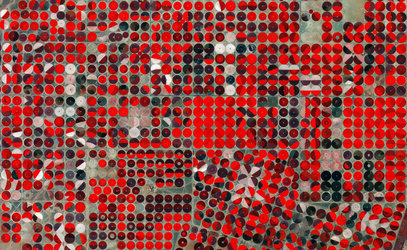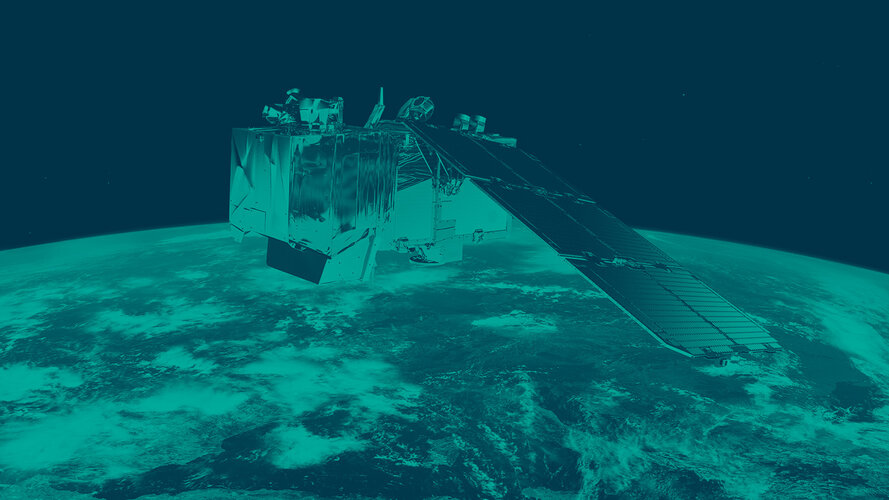Help wanted on tracking biodiversity from space
Conservation organisations and space agencies are being called on to join forces to decide how changes in biodiversity can be monitored globally. What, exactly, should be measured by satellites?
Biodiversity refers to the different types of life found on Earth. While it is a measure of the variety of organisms in ecosystems, it is difficult to quantify because it cannot be assessed in physical units, unlike other aspects of global change.
Biodiversity is not evenly distributed, but varies greatly around the globe as well as within regions. Among other factors, the diversity of all living things depends on temperature, precipitation, altitude, soils, geography and the presence of other species.
Researchers have tried to define a set of biodiversity variables that can be monitored globally from space. However, insufficient access to data, uncertainties in the continuity of observations and limitations of satellite imagery means there is still some way to go.

A recently published Nature article focused on the importance of identifying essential biodiversity variables and the need to produce a strategy to allow them to be tracked globally from space.
Prof. Andrew Skidmore, from Twente University in the Netherlands and lead author of the paper, says: “As conservation and remote-sensing communities join forces, biodiversity can be monitored on a global scale with the assistance of satellites.”
Satellite remote sensing is crucial for long-term global coverage. Quantities such as vegetation productivity and leaf cover can be measured across continents from space. But there is no agreement yet on how to translate these satellite measurements to make them useful for monitoring biodiversity.

Specialists meeting recently at ESA’s ESRIN centre in Frascati, Italy, have come up with a list of 10 candidate variables, including ecosystem distribution, plant traits, fire occurrence and inundation regimes.
“With global wildlife populations halved in just 40 years, there is a real urgency to identify variables that both capture key aspects of biodiversity change and that can be monitored consistently and globally by satellites,” noted Dr Nathalie Pettorelli from the Zoological Society of London, and co-author of the Nature study.
The recently launched Sentinel-2A satellite for Europe’s Copernicus programme is a promising tool for future work. The mission’s multispectral camera offers a new perspective on Earth’s land and vegetation, on water cover, inland waterways and coastal areas.















 Germany
Germany
 Austria
Austria
 Belgium
Belgium
 Denmark
Denmark
 Spain
Spain
 Estonia
Estonia
 Finland
Finland
 France
France
 Greece
Greece
 Hungary
Hungary
 Ireland
Ireland
 Italy
Italy
 Luxembourg
Luxembourg
 Norway
Norway
 The Netherlands
The Netherlands
 Poland
Poland
 Portugal
Portugal
 Czechia
Czechia
 Romania
Romania
 United Kingdom
United Kingdom
 Slovenia
Slovenia
 Sweden
Sweden
 Switzerland
Switzerland






























